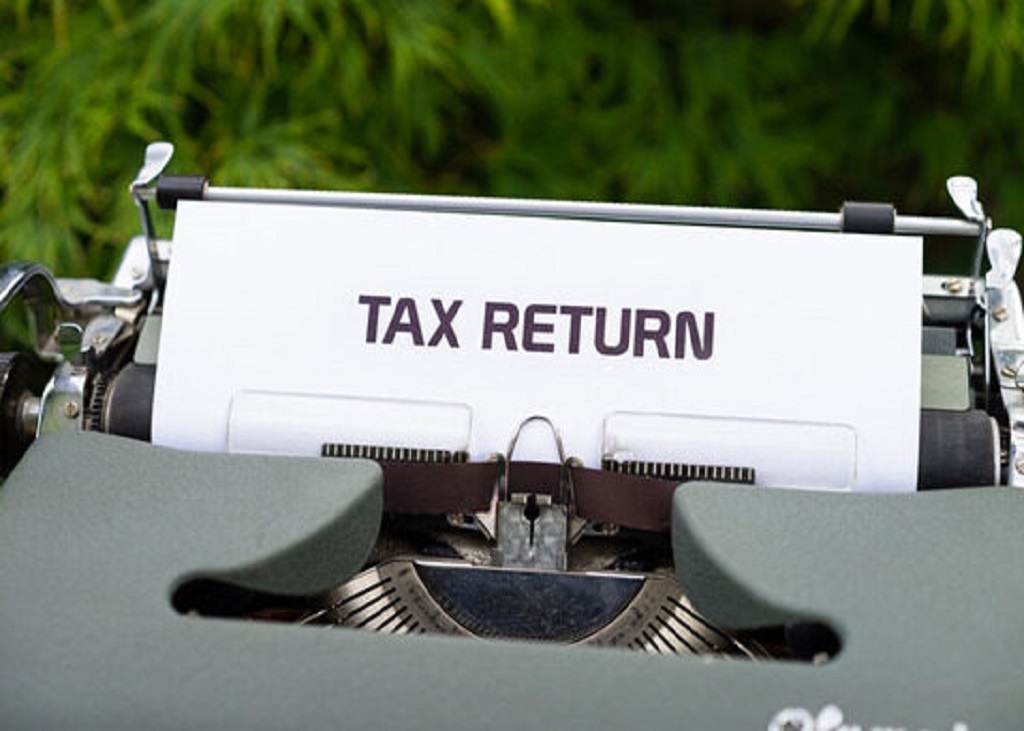COVID Tax Changes: What You Need To Know About Tax Reforms
We don’t know many people that can look back on 2020 and hope to relive it. And while some Covid side effects could persist, other lingering ghosts also need to be dealt with before you can truly move on – like your 2020 taxes. Because of the COVID-19 pandemic, a lot has changed for this tax season.
Let’s look at some of the things you need to know right off the bat for 2021’s tax season. However, before we go into the details, here`s a thing or two you need to know about tax deductions and tax credits.
What Are Tax Deductions And Tax Credits?
Tax deductions will help lower the amount of income that is taxed. Some deductions are only available if you itemize the deductions, while others are available even if you decide to take the standard deduction.
Tax credits, on the other hand, are the dollars subtracted from your tax bill – and there are two types of tax credits – Refundable and nonrefundable. If the credit is higher than the amount you owe and it’s a refundable credit, the difference will be paid to you as a refund. If it’s nonrefundable, your tax bill will be reduced to zero, but you will not get a refund – any unused portion may roll over into next year.
Some of the Covid Tax Changes that Occurred
First, the IRS extended the deadline for all federal tax returns and payments to May 17th, 2021. Second, the standard deduction for 2020 increased to $12,400 for single filers and $24,800 for married couples filing mutually. Lastly, income tax brackets changed in 2020.
All this is just scratching the surface. Here’s a detailed breakdown of the tax changes to help you file taxes this year.
Income Tax Rates for 2021
If your income is $75,000, you are included in the 22% tax bracket. Yet, that does not mean your tax rate is a flat 22%. Instead, one part of your income is taxed at 10%, the other part at 12%, and the last part at 22%.
For 2020’s tax year, the rates are the same, but there were some slight changes to the brackets. Here’s a brief list of the new marginal income tax rates and brackets:
| 2020’s Marginal Tax Rates | Single Tax Bracket | Joint Tax Bracket | Head Of Household Tax Bracket | Married Filing Separate Tax Bracket |
| 10% | $0-9,875 | $0-19,750 | $0–14,100 | $0–9,875 |
| 12% | $9,875–40,125 | $19,750–80,250 | $14,100–53,700 | $9,875–40,125 |
| 22% | $40,125–85,525 | $80,250–171,050 | $53,700–85,500 | $40,125–85,525 |
| 24% | $85,525–163,300 | $171,050–326,600 | $85,500–163,300 | $85,525–163,300 |
| 32% | $163,300–207,350 | $326,600–414,700 | $163,300–207,350 | $163,300–207,350 |
| 35% | $207,350–518,400 | $414,700–622,050 | $207,350–518,400 | $207,350–311,025 |
| 37% | Over $518,400 | Over $622,050 | Over $518,400 | Over $311,025 |
The Covid Tax Changes 2020-2021
If you thought COVID-19 changed just the social fabrics of society, you`re wrong. The pandemic created a ripple effect, which wasn’t only felt last year, but will also be felt when you file your taxes this year. Here are some things that you need to keep in mind.
(PPP) Paycheck Protection Program Loans
The CARES Act tried to help struggling small business owners stay afloat by offering Paycheck Protection Program loans. While these loans were used on certain business expenses like payroll, rent, or interest on mortgage payments and utilities, they were designed to be forgiven.
In December 2020, the IRS announced that the eligible expenses you paid for with money from these PPP loans could be deducted from your taxable income. That is good news, but you will have to get a loan forgiveness application approved by the Small Business Administration before you are off the hook for the amount you borrowed.
Stimulus Checks
These were a part of the CARES ACT’s $2 trillion relief package; the government sent $1,200 stimulus checks to millions of Americans shortly after the pandemic and two other rounds of stimulus checks after that. The good news is, your check will not count as taxable income. Instead, it will be treated as a refundable tax credit for 2020.
Unemployment Insurance
As the pandemic stalled a large part of the American economy, many Americans found themselves out of work and turned to unemployment insurance for help. Under normal circumstances, unemployment insurance benefits are taxable. However, this also changed after the passing of president Biden’s COVID relief package, known as the American Rescue Plan (ARP), in March. ARP makes the first $10,200 of unemployment benefits tax-free if your annual household income is lower than $15,000. It’s not much of a threshold to surpass, but does provide some relief to those that need it most.
To Sum It Up
Like every sphere of life, COVID-19 has dramatically affected the tax code and the amount consumers may owe in taxes. While many people have benefitted, others have suffered from some of the tax reforms themselves or the impact of Covid generally. Dealing with the pandemic has not been a pleasant experience for anyone, but with the government stepping in to help consumers financially, it’s important to understand the many Covid tax changes that have been implemented, both temporary and permanently, and how to best take advantage of these changes.



Comments are closed.